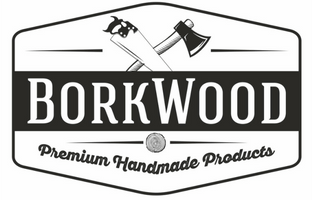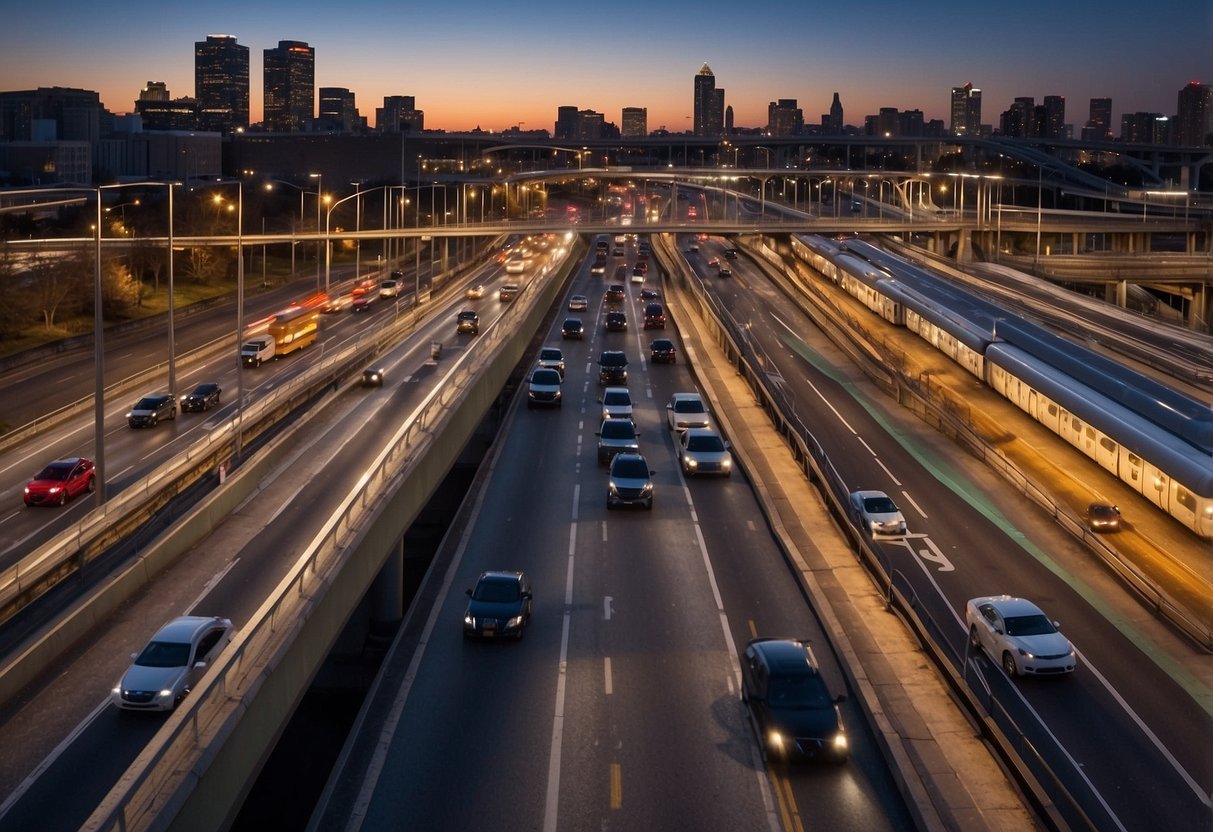What Does the Department of Transportation Do?
The Department of Transportation (DOT) plays a crucial role in ensuring the safe and efficient movement of people and goods across the country. The DOT oversees the nation’s transportation systems, including highways, railroads, airports, and transit systems. This vast responsibility includes setting regulations, providing funding for infrastructure projects, and ensuring compliance with safety standards.
In addition to infrastructure, the Department of Transportation is involved in research and innovation to foster advancements in transportation technology and methodologies. Through various agencies, it monitors and improves the safety, reliability, and sustainability of transportation methods.
By managing everything from traffic safety to public transportation, the DOT significantly impacts daily life and the economy. Policies and initiatives from this department are crafted to enhance mobility and reduce transportation-related fatalities and injuries.
Functions and Responsibilities
The Department of Transportation (DOT) undertakes diverse tasks, including policy development, infrastructure maintenance, transportation safety, and innovation and research. Its activities ensure the efficiency, safety, and modernization of the nation’s transportation systems.
Policy Development
The DOT formulates national transportation policies aimed at fostering safe and efficient transit. It establishes regulations and standards that govern air travel, highways, railways, and maritime transport. Standards ensure industry compliance with safety and environmental requirements. Additionally, DOT addresses emerging transportation trends and challenges, collaborating with state and local governments, private sector entities, and international bodies.
Infrastructure Maintenance
Maintaining and upgrading transportation infrastructure is a core responsibility. The DOT oversees the development and repair of highways, bridges, and public transit systems. This includes funding allocations and project oversight. Effective Fleet management software is utilized to track and optimize the maintenance of government vehicles. Regular inspections and evaluations ensure infrastructure longevity and safety.
Transportation Safety
Ensuring safety across all transportation modes is a top priority. The National Highway Traffic Safety Administration (NHTSA) and the Federal Aviation Administration (FAA) are key agencies under the DOT. They implement safety programs, conduct accident investigations, and develop regulations to minimize incidents. Public awareness campaigns focus on safe driving practices and emerging safety technologies.
Innovation and Research
The DOT invests in innovative transportation solutions and research to enhance system efficiency and sustainability. It explores advancements in fleet management software, autonomous vehicles, and smart city technologies. Grants and partnerships support research in reducing carbon emissions and improving fuel efficiency. Sharing research outcomes helps shape future transportation policies and practices.
Impact on Transportation Industry
The Department of Transportation (DOT) fundamentally influences the transportation industry through various means. These include establishing regulations and promoting technological innovation that ensures safe, efficient, and modern transportation systems.
Support and Regulation
The DOT sets safety standards and regulations for all transportation modes, including road, rail, aviation, and maritime. This oversight ensures vehicles and infrastructure meet rigorous safety requirements, minimizing accidents and improving public trust.
Grant programs administered by the DOT provide funding to state and local governments for infrastructure projects. This financial support is key to maintaining and upgrading transportation networks, ensuring they meet contemporary needs.
The DOT also enforces environmental standards, reducing pollution and promoting sustainable practices within the industry. Regulations like fuel efficiency standards for vehicles and emissions guidelines help lower the transportation sector’s environmental impact.
Technological Advancements
The DOT encourages the integration of new technologies in transportation. Initiatives like the advancement of electric vehicle infrastructure and support for autonomous vehicle development are pivotal.
Fleet management software gains prominence as the DOT emphasizes the need for efficiency and safety. This software streamlines operations, tracks vehicle performance, and ensures compliance with regulatory standards.
Investment in Intelligent Transportation Systems (ITS) showcases the DOT’s role in technological progress. ITS involves the use of sensors, communication technology, and data analytics to improve traffic management and reduce congestion, enhancing overall mobility.
These efforts underscore the DOT’s commitment to advancing the transportation industry through regulatory frameworks and technological innovation.







